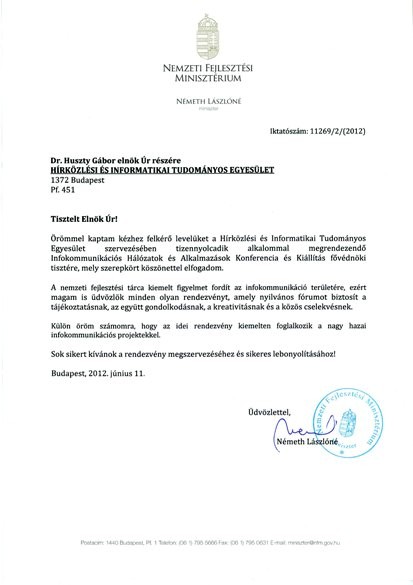Zoltán Belső, and László Pap
Effect of the Imperfect Channel Estimation on Achievable NOMA Rate
In recent years, Non-orthogonal Multiple Access (NOMA) has been proposed as an alternative to the more traditional Orthogonal Multiple Access (OMA) schemes for mobile communication. In the NOMA method, the resource domains (like power and bandwidth) are not split but shared between the users of the network. The non-orthogonality means that there is cross-talk between the signals of different users, and the interference is either cancelled by a method called successive interference cancellation (SIC) or treated as part of the noise. Comparing the achievable capacity region of OMA and NOMA schemes show that NOMA has advantage over OMA. The SIC method requires knowledge of the channel characteristic between the base station and the user. In the ideal case where all the channel conditions are precisely known, NOMA always performs better than or equal to OMA. In real application, the channel characteristic can only be estimated, which can be nonperfect. In this paper, we will examine the effect of non-perfect channel estimation on the performance of NOMA and will find that in some cases, NOMA still perform better than OMA, but in other cases OMA would perform better.
Reference:
DOI: 10.36244/ICJ.2025.1.1
Please cite this paper the following way:
Zoltán Belső, and László Pap, "Effect of the Imperfect Channel Estimation on Achievable NOMA Rate", Infocommunications Journal, Vol. XVII, No 1, March 2025, pp. 2-10., https://doi.org/10.36244/ICJ.2025.1.1

